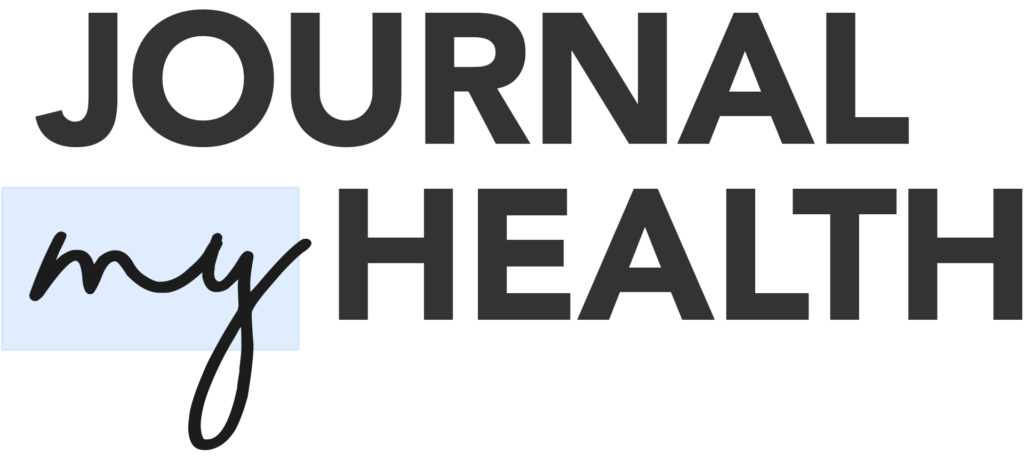Written by Marta Becker, M.D., Chief Medical Officer of Journal My Health.
When you were a kid, didn’t you love connect-the-dots? The best puzzles were the complicated ones, where you couldn’t tell what the picture was going to be until you started connecting the dots, and then slowly the image would emerge of a dolphin or an elephant or whatever. There was the thrill of recognition, and then the satisfaction of completion. You uncovered meaning where it could not be seen before.
Making a proper diagnosis from a confusing, seemingly unrelated set of symptoms can be like that. When you think you might know the diagnosis but are not sure, it is easy to overlook pieces of information that do not fit with the story that you are trying to tell. It is useful to look with new eyes at all the information that the patient has to give. Like a good connect-the-dots, an unexpected picture may begin to emerge.
Here is an example from my specialty: A patient may appear with what looks like severe recurring sinus infections, with pain, fatigue, nasal congestion brain fog. And yet attempts to manage the condition are not working. It’s time then to take a step back, remove the assumptions, and just look at the facts one at a time. Re-take the history. Do not disregard things that seem to not fit: your infection seems to go away sometimes after you sleep really well? That is a little weird for an infection, isn’t it? Bright lights bother you when it’s acting up?
Why would that be? By paying attention to details, the picture may emerge: this patient really has a version of migraine that we call “sinus migraine,” that mimics sinusitis in many ways. Treatment focused on migraine rather than on sinuses/ allergy finally gets the patient the relief they were looking for.
Patient-kept records help to connect the dots; this is not new.
Some would jot casual notes in their personal calendar about when certain symptoms began, when the doctor visits were and what antibiotics they were given. Others might keep a word document on their computer, with dates and brief descriptions of surgeries or other interventions. Sometimes there was an actual diary where patients would record when they felt good and when they felt bad, to try to understand for themselves why their well-being fluctuated.
I love when patients bring these things in. Patient-reporting helps me gather information, saves valuable time, and allows the patient to tell their story. Organized patient records, which I can scan quickly, convey an enormous amount of information in very little time, allowing the correct picture to emerge quickly and leaving more time for discussion of treatment options. In addition, I can scan patient reports directly into the chart (in the old days we would xerox them!) instead of creating the timeline from scratch myself. Finally, instead of hearing the answers to questions that I think to ask, patient reporting starts with the experience that the patient feels is important.
When I met Tracey and heard about her quest to create Journal My Health, it seemed like the natural digital evolution of something patients have been doing for years. I have always believed that digital technology could help improve patients’ and doctors’ communication and I instantly wanted to be involved. Although we decided to initially focus on helping understand symptoms related to the covid-19 pandemic, we realize that our technology can be used by anyone to track their health experience, from those with migraine trying to understand their triggers to those with chronic pain trying to understand the most effective interventions.
I know from over 20 years of clinical experience that health journaling helps doctors as well as patients in our mutual efforts to connect the dots to a healthier life.

